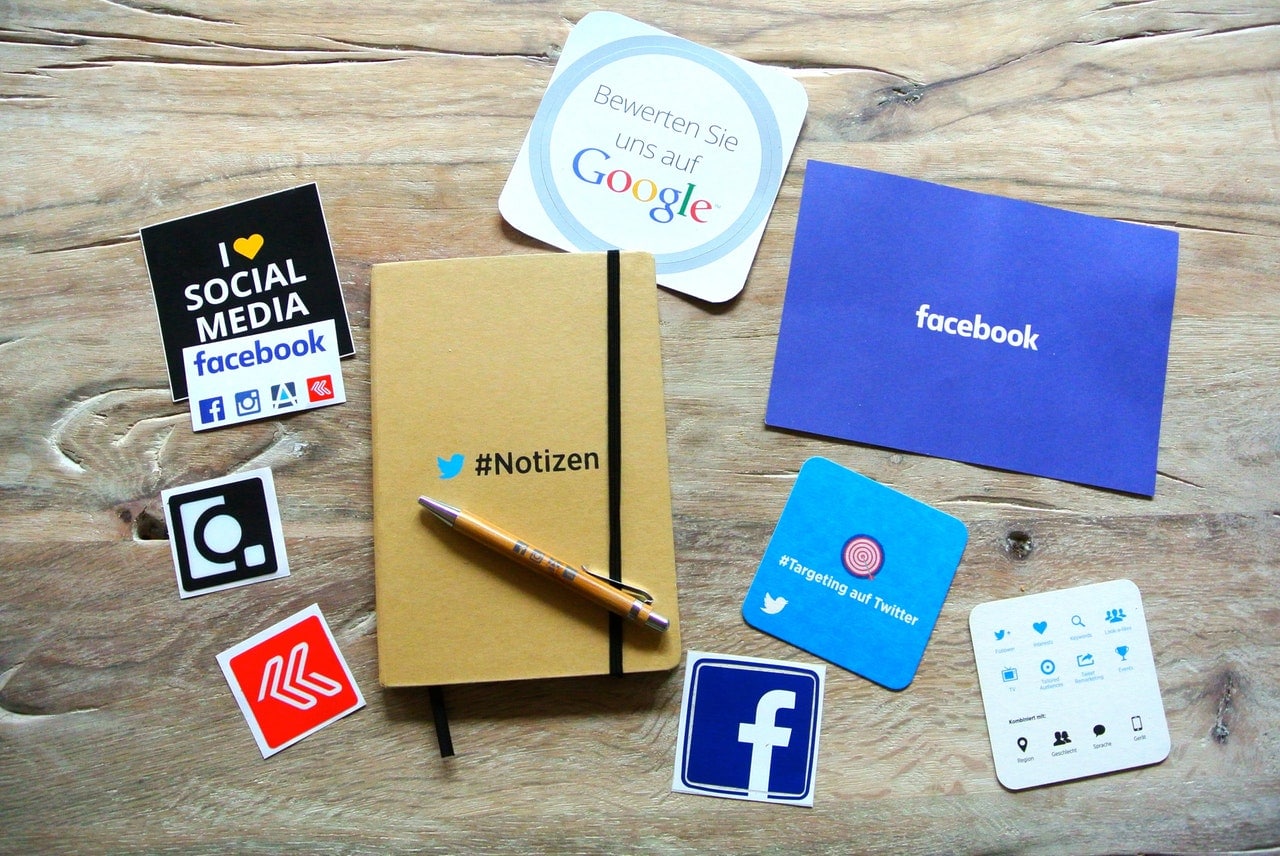Let’s start with this: good employees aren’t just hard to find, but in certain labor markets they can be nearly impossible to locate. Indeed, forget about the challenge of adding profitable customers or raising working capital. Those can seem like proverbial walks in the park compared to onboarding and keeping the people who will keep your business strong, successful, and in the long-run, surviving. But good employees can make mistakes too, especially when it comes to social media.
Yes, we all knew this was coming — sometimes good employees do bad things; not deliberately of course, but that doesn’t change anything: once wrong action (or inaction) is taken, then it’s all about damage control which is costly and stressful. And unfortunately, the stage upon which many employees demonstrate the axiom “to err is human” is social media.
Considering this, here are three costly social media mistakes that good employees make — and more importantly, how to handle them.
IMAGE: PEXELS
1. Feeding The Trolls
Trolls are social media citizens who, for lack of a better term, “specialize” in using insults and personal attacks to get under people’s (virtual) skin and inflict brand damage. Often, trolls have an agenda, such as to exact revenge against a business for an alleged transgression. Sometimes they may even be planted by the competition.
The thing about trolls is that they’re like parasites: they need to provoke a reaction to survive. The bad news is that some of them are extremely good at doing this, and therefore getting the attention they need to feed.
The good news is that employees can — and frankly, should and must — be given a specific process to follow when trolls appear on the corporate Facebook page, Twitter feed, YouTube channel, LinkedIn thread (and so on), so that they neutralize the threat vs. pour gas on the fire. Typically, this process starts with ignoring, followed by isolating, banning, and then handing things over legal (and in extreme cases, the cops).
2. Sharing “Harmless” Information
It goes without saying that a good employee worthy of that designation would never, ever leak information about anything deemed private and confidential. The thought wouldn’t even cross their mind.
[pullquote]The problem, of course, is many employees don’t know where the line is between harmless and harmful information.[/pullquote] For example, an employee may simply and (in their mind) innocuously “like” a newspaper article about a merger involving their company. However, that tiny little thumbs up can scuttle the deal — or at least, muddy the waters.
And the same goes for other types of news and developments, such as new product launches, expansions, layoffs, and so on. Writing a post (or replying to someone else’s post), or sending a social signal (like, dislike, upvote, downvote, or believe it or not, even an Emoji) can unleash a nightmare that involves everyone from PR agencies to regulators.
The best — and really, the only — way to solve this problem is to prevent it from happening, which means employees should be trained accordingly; even if they’re “social media savvy,” since this isn’t about usability: it’s about judgment. It’s also wise to have social media governance tools to track all accounts and platforms, since a policy that can’t be monitored can’t be enforced — and therefore can’t work.
3. Clicking Links
Last but not least: hackers have long-since known that end users are the weakest link in the cybersecurity chain. That’s because even the most robust, iron-clad perimeter and endpoint security technology can be undone by employees who click seemingly harmless and routine social media links.
There are at least a couple of ways to deal with this major problem: train employees not to click links (which some experts say is not particularly effective), or deploy technology that prevents employees from clicking links (which can be frustrating and inconvenient, since some links are legitimate). The right answer is probably to find a balance of the two: keeping employees educated on what the threat landscape looks like, and using technology to reduce the risk of a breach or full-blown network infection.
The Bottom Line
When social media first emerged on the scene more than two decades ago, it was viewed as more of a toy than a tool. However, in today’s business landscape it is more than a legitimate channel: for many businesses (and even some politicians!) it’s the main conduit through which they connect with target audiences.
This means two things: social media is here to stay and is only going to get more pervasive, and businesses need to keep the above tips in mind to ensure that their corporate journey across the social media landscape is rewarding vs. regrettable.
For more social media-related article and information from us here at Bit Rebels, click here!

